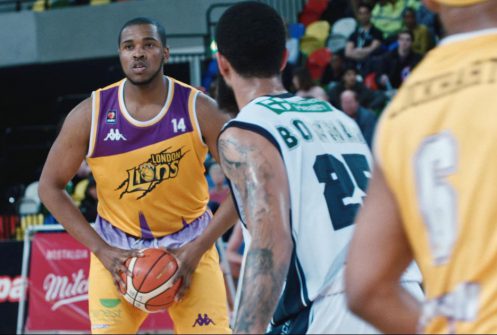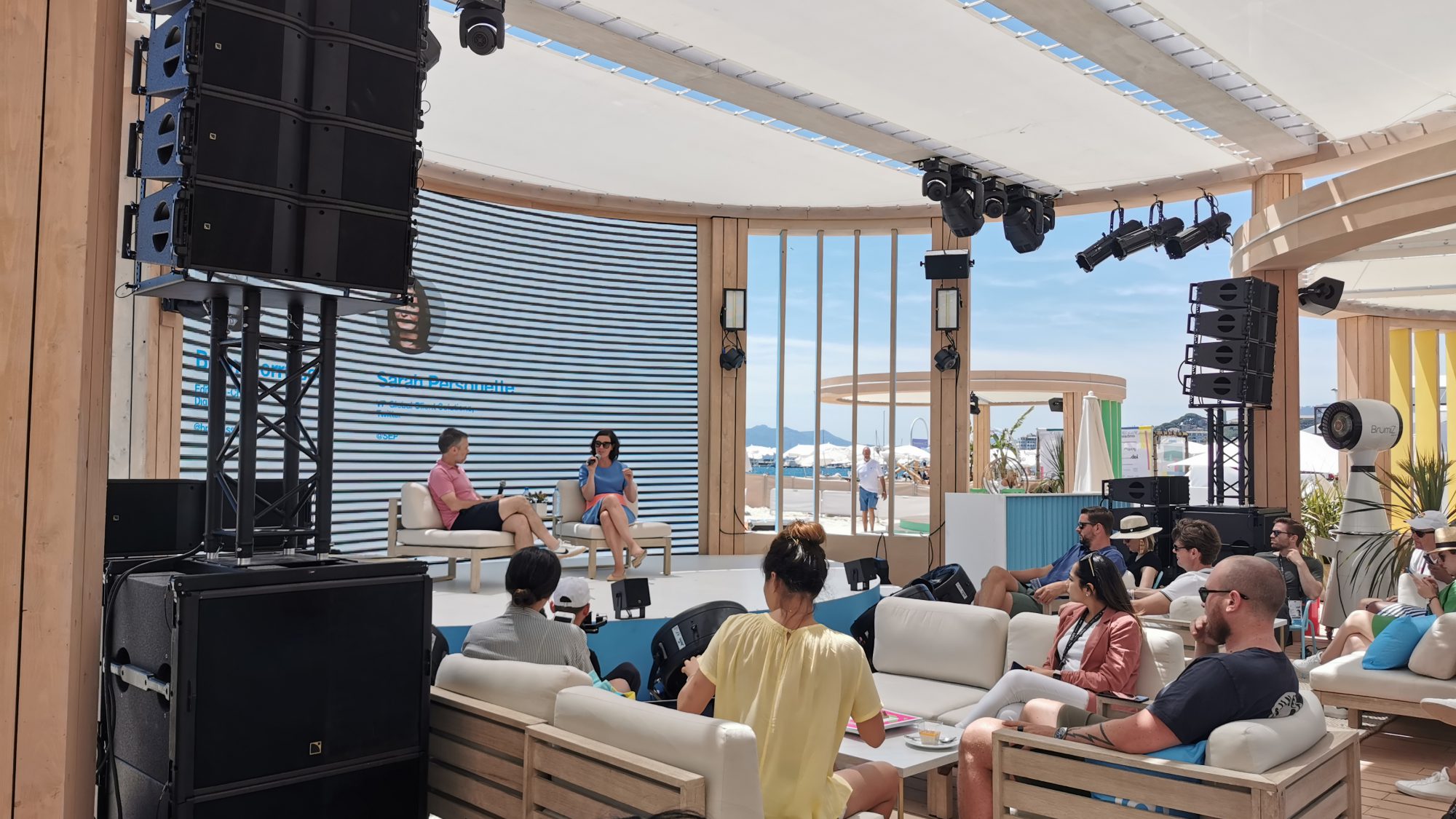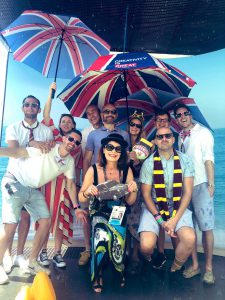

With my tan (read: burn) fading fast from last week’s trip to the Cannes Lions festival, I thought I’d put together some thoughts on both the experience itself and what I picked up from the fringe events and people I met along the way.
To give some context, this was my first Lions experience. It’s never seemed overly accessible for smaller agencies in the past – the tickets to attend the main programme of talks and awards at the Palais is upwards of £3.5k. However, this year I was lucky enough to travel with a bunch of lovely small agency people on a trade mission organised by the Department of International Trade and the IPA.

If, like me, you haven’t been before and are wondering what the non-prime experience is like – it’s pretty good! There’s loads of panel debates and talks going on all across the town, hosted by the tech giants, publications, consultants and anyone else with a finger in the content funding / creation / distribution pie(s). I had no problem cramming my schedule full with stuff – although I must add that our hosts from DiT and IPA played a significant part in helping us prioritise, plan and access some of the more popular events.
As a badge holder on a networking mission (read: blagger), I was limited to attending the fringe events only, but did have affiliate access to a few of the beach-front event spaces from the likes of Google, Twitter, Pinterest etc. in which these guys host a number of their own talks and panels during the day in front of a bean-bag seated audience sipping on free green smoothies and using the free WiFi to blog/vlog/check work emails. At night, there’s a load of parties – every night, everywhere – and the quality of the drinks and attendees varies relative to the exclusivity of the event.
So what did I pick up from my three days spent hammering the streets of Cannes? For me, there were a few dominant themes that resonated with our vision at Raw London, along with some interesting developments in tech.
The most prominent and interesting topic for me was brand purpose. I attended a great panel event hosted by The Drum in which there was loads of chat on the importance of brand purpose being deeply embedded in business strategy, not just loosely waved around in outward-facing comms. I heard the term ‘Acts not Ads’ being mentioned a few times as a rebuke to brands that take the latter approach and feel that they can ‘sponsor’ purpose in campaigns that are easily seen through by consumers as gross and inauthentic (and hurting their own brand in the process).
An interesting insight here is that 74% of consumers want brands to make it clear(er) what their purpose and place in the world is. If they don’t, they’re willing to ditch them. In addition to this, as people become increasingly frustrated and untrusting of governments, 76% of buyers are looking to the CEOs of big businesses to take a lead on social issues.
There were a number of award submissions this year that heavily featured purpose – some better than others – but the more authentic cases prove that a clear purpose has many positive benefits and outcomes, including inspiring some fantastic creativity.
Another big theme I picked up on was the importance of shaping creative to maximise the impact of paid media. We’ve always been advocates of this approach – ensuring that social assets aren’t just a couple of simple cut-downs from a hero piece, but a carefully thought-out bank of films, imagery and copy that truly work in their own context. Some of the best creative work in the awards was clearly designed with the end goal and destination in mind. So often creative is developed in isolation of the media planning and buying strategy – there’s no point shooting content in standard widescreen when your media agency has purchased a load of vertical social inventory! As creatives, we must connect the latter processes earlier on in strategy and development.
My final insight of note was from the Google harbour events. I attended a session in which their product managers presented the latest and upcoming features for video on the YouTube platform. The big story here was around customisation – using the features of the platform to create 10s or even 100s of versions of the same creative for your discreet audience segments. For example, you can upload your base film into the app and have YouTube create different opening and closing slates, text overlays throughout the film, different audio tracks and even different edits. All of this happens in the app, so there’s no need to ask your editor to create, export, render and upload the versions. This will be exciting news for marketers, who will be able to tweak, test and optimise video content on the fly, without needing studio resource to make changes. To make the most of this feature, we’ll need to approach the content creation with this in mind, but this could be revolutionary!
Before I packed up my suitcase and left for Nice, I overheard another panel debate discussing the over-saturation of content. A couple of comments stuck with me – one panelist said “there’s so much content out there – why bother competing? You should concentrate on making news, not content. News travels much faster and wider than content if it’s relevant and important”. Food for thought maybe – have we lost sight of more traditional awareness-creating methods?
The final comment was advice to creatives and brands to “be more weird [when making your content]”. The justification for this was that brands have a tendency to default to playing it safe – working off the brand guidelines, reducing risk. Unfortunately, our brains are programmed to be efficient, so when you’re scrolling your news feed and you see something from a familiar brand and that content looks consistent in style to that brand, you tend to conserve energy and scroll past it – it’s nothing new. However when we see something new or unfamiliar to us (weird?), we stop and take notice. I thought that was great advice to keep front of mind – keep it real, keep it authentic, but make it weird!
So that’s my take on Cannes 2019 – definitely a worthwhile trip; lots of useful connections and networking going on. Maybe I’m biased, but British creativity is great – when you see the work and talent coming out of this tiny, fractured island you realise that we’re a global force to be reckoned with!
My thanks to the wonderful teams at the Department for International Trade, and the IPA.
You can see the full list of winners here.